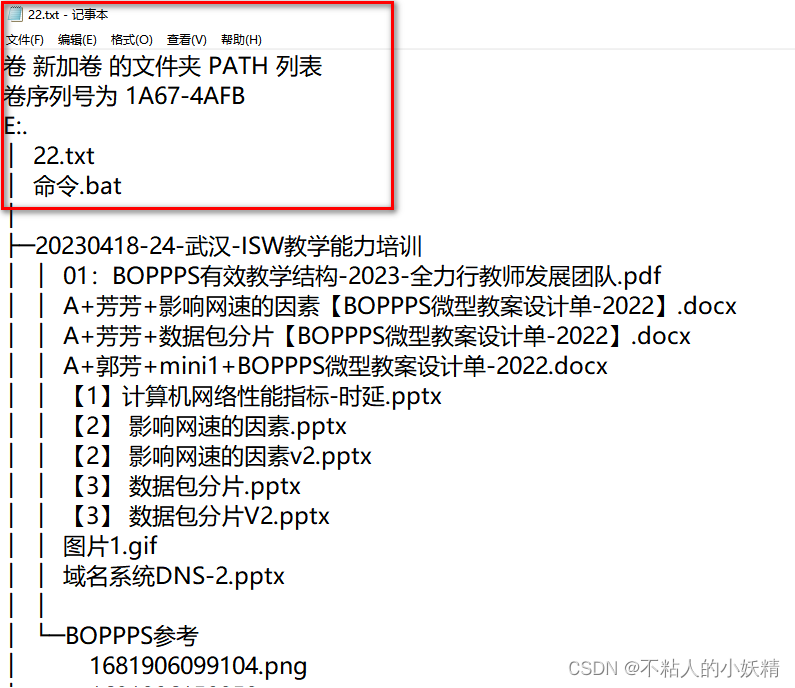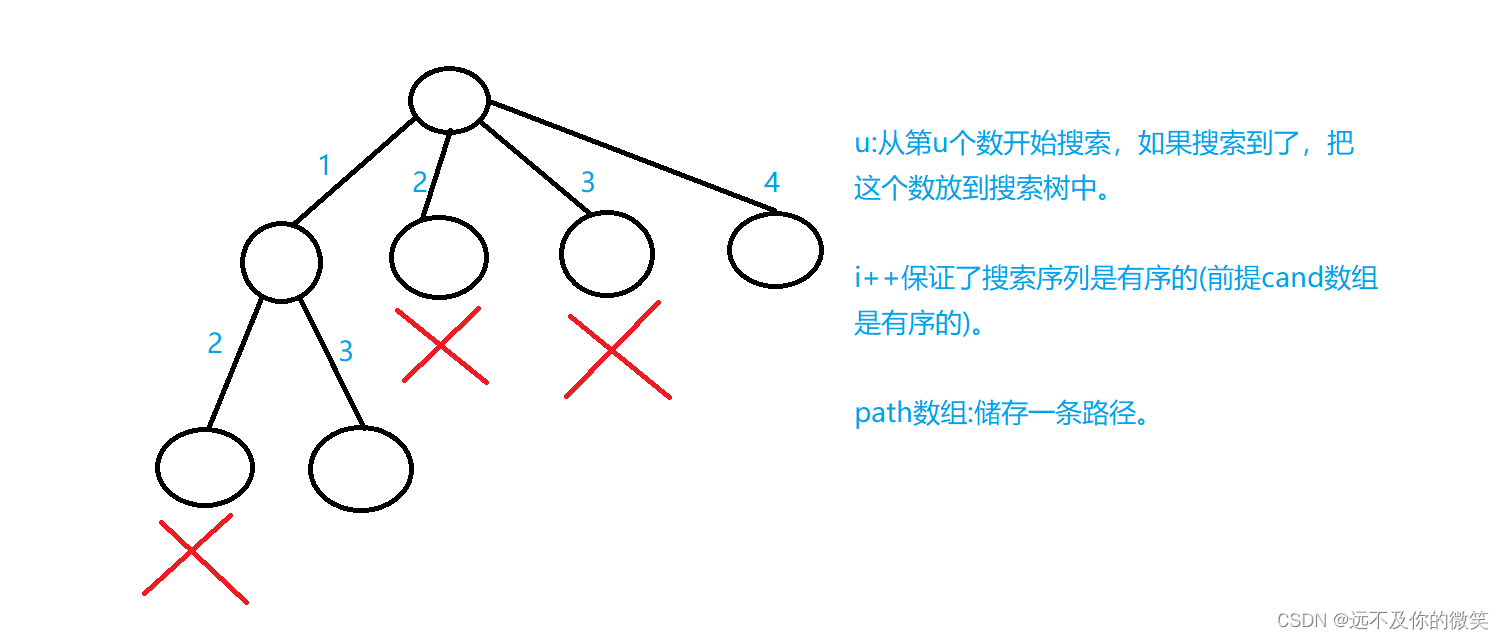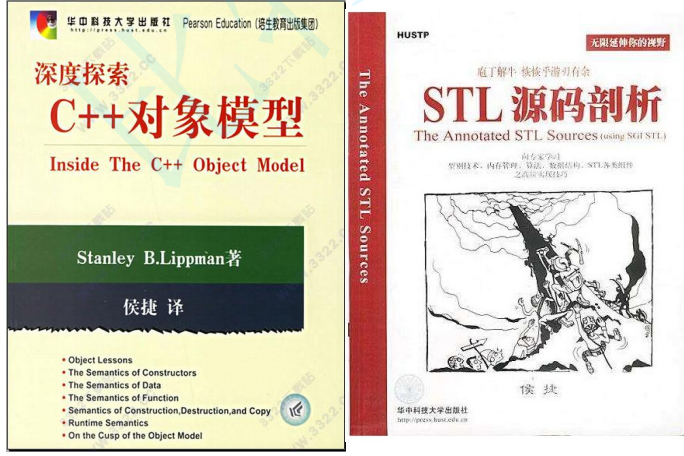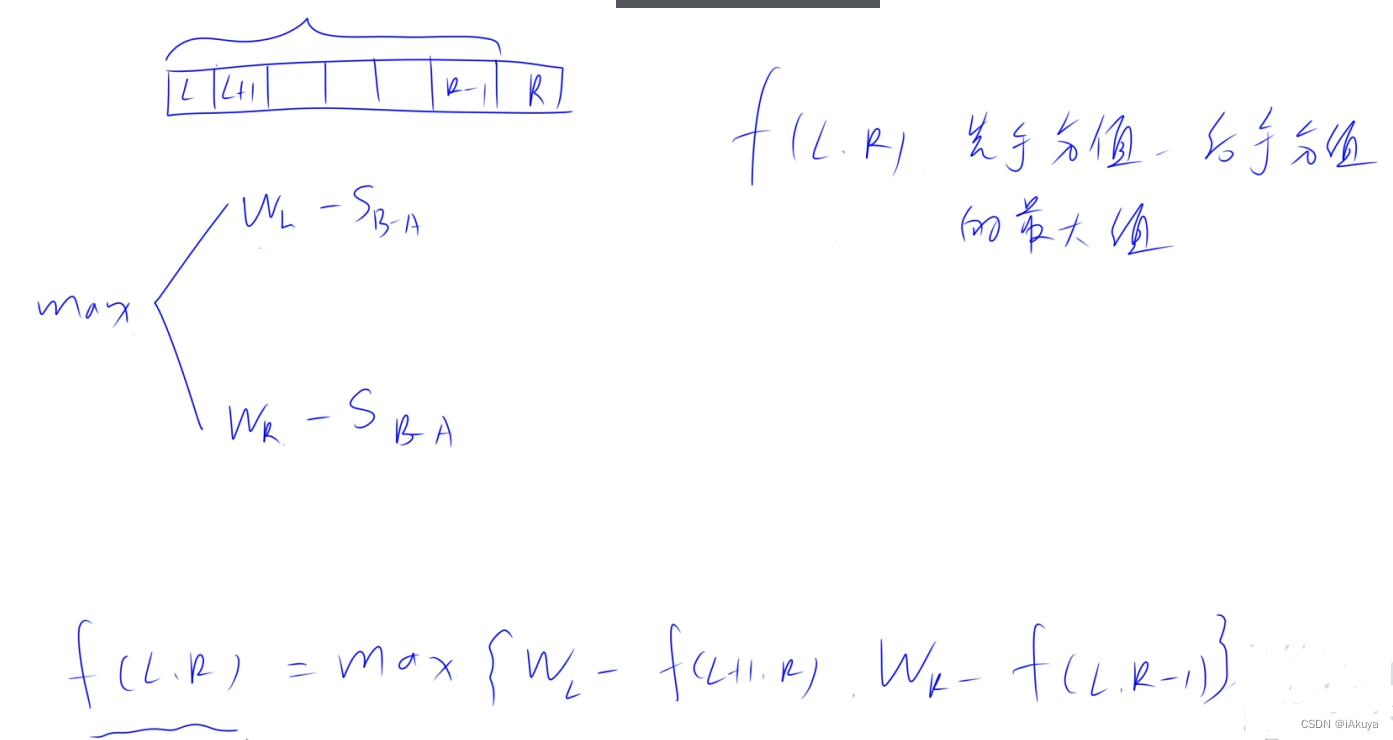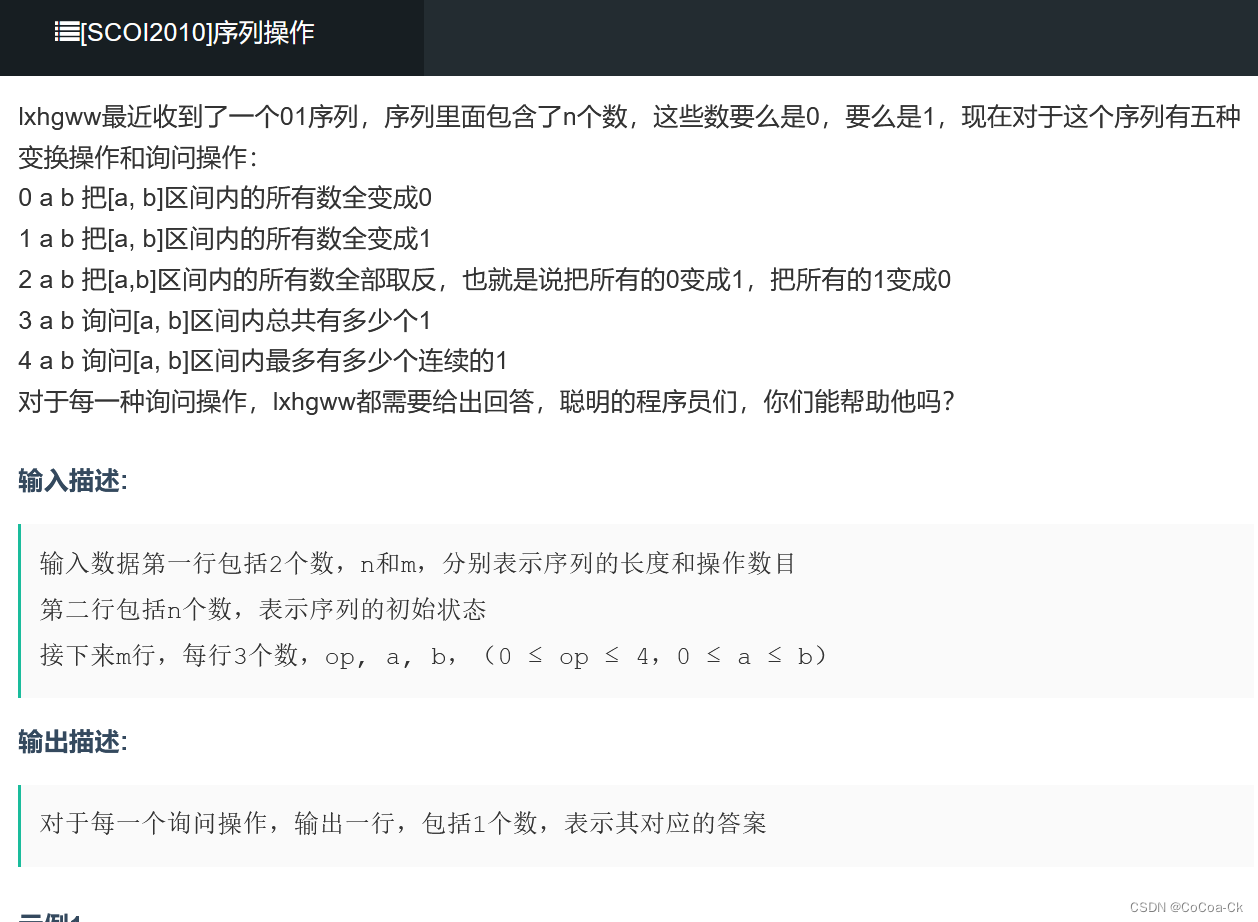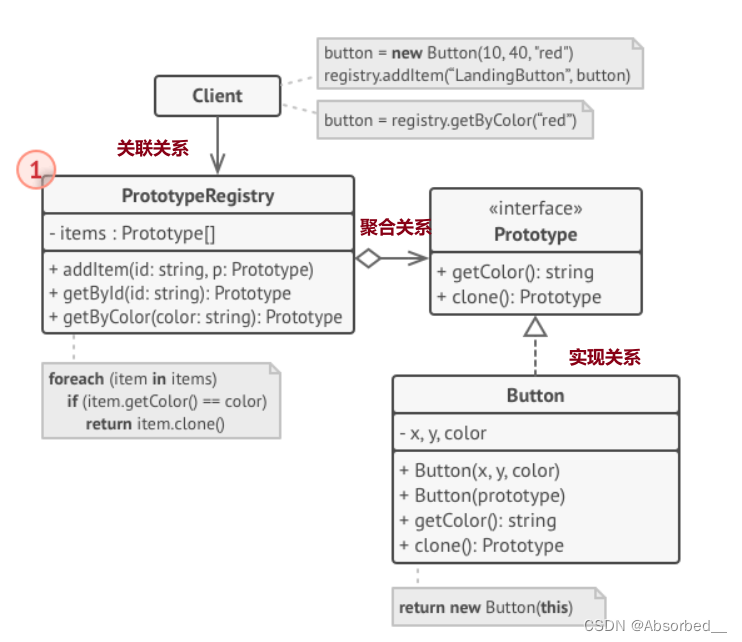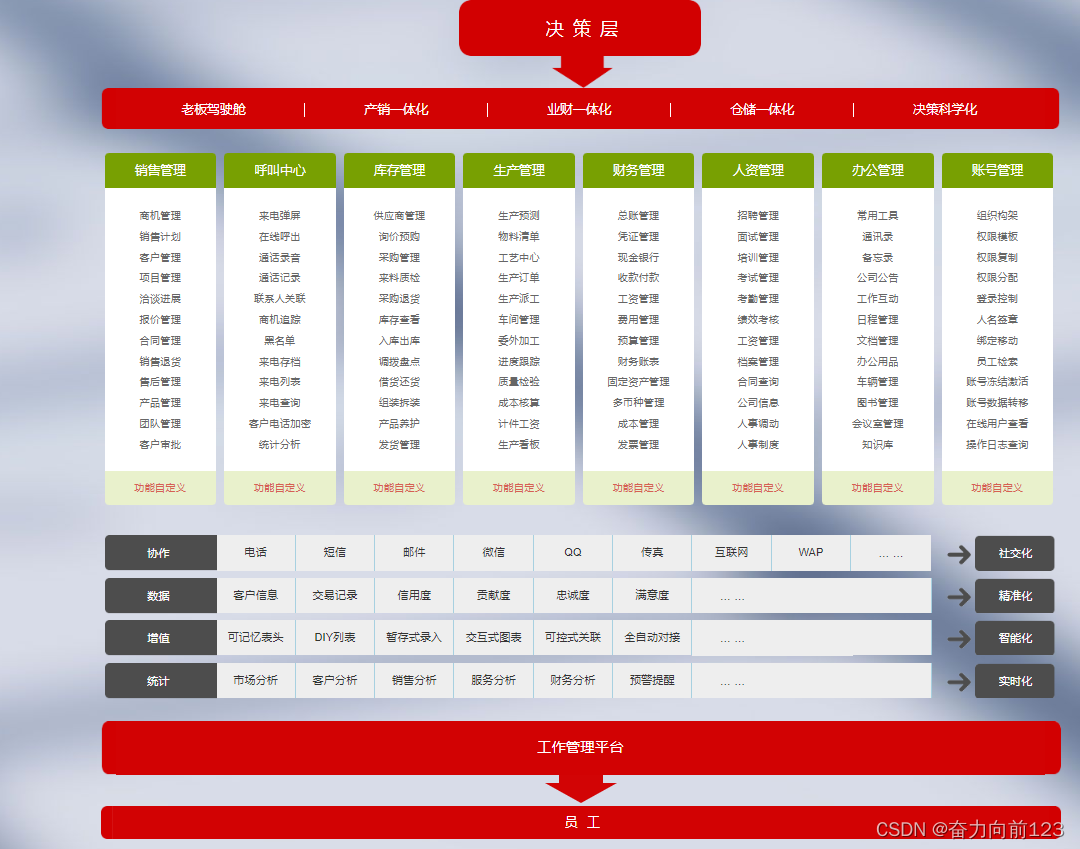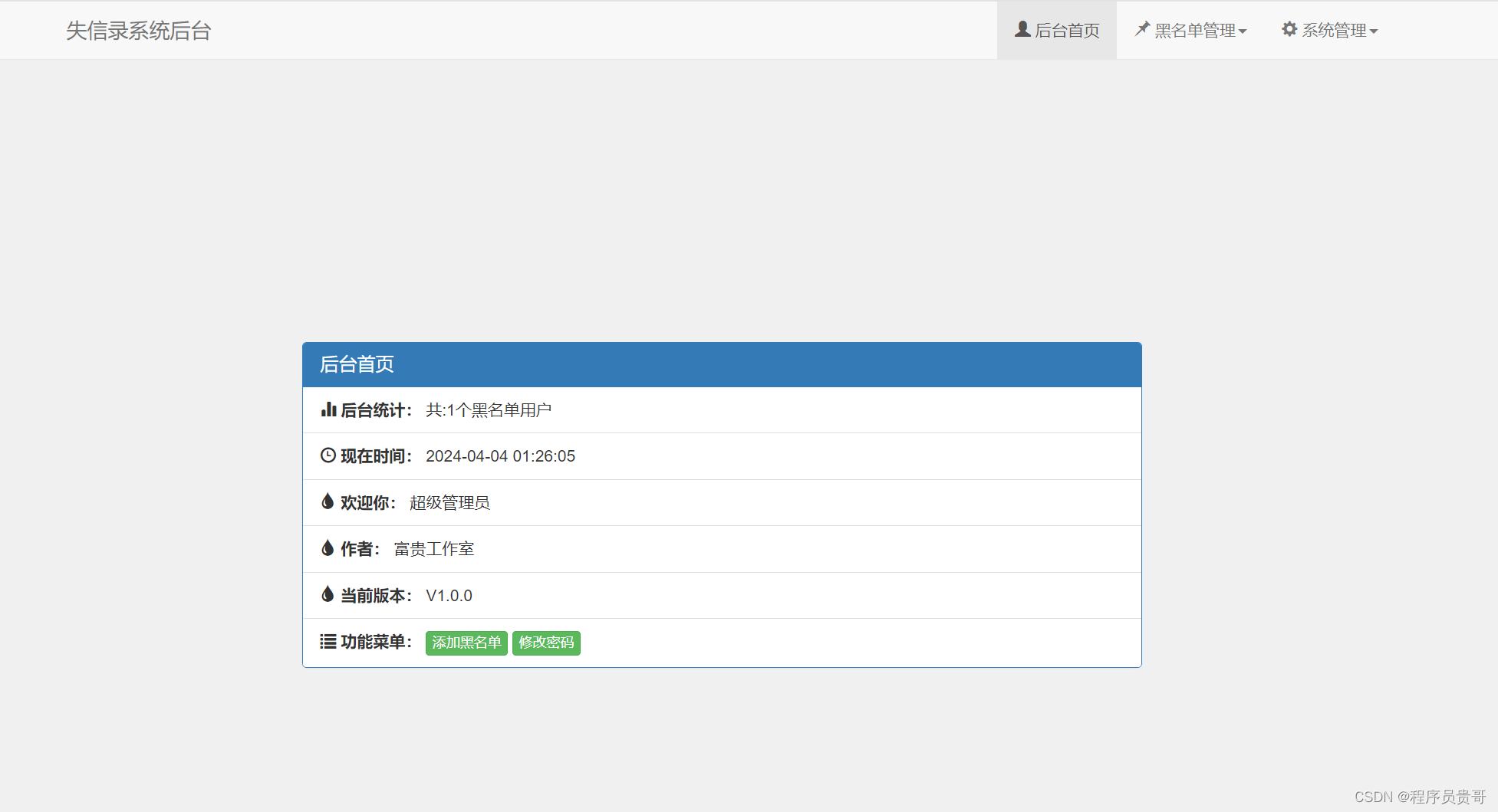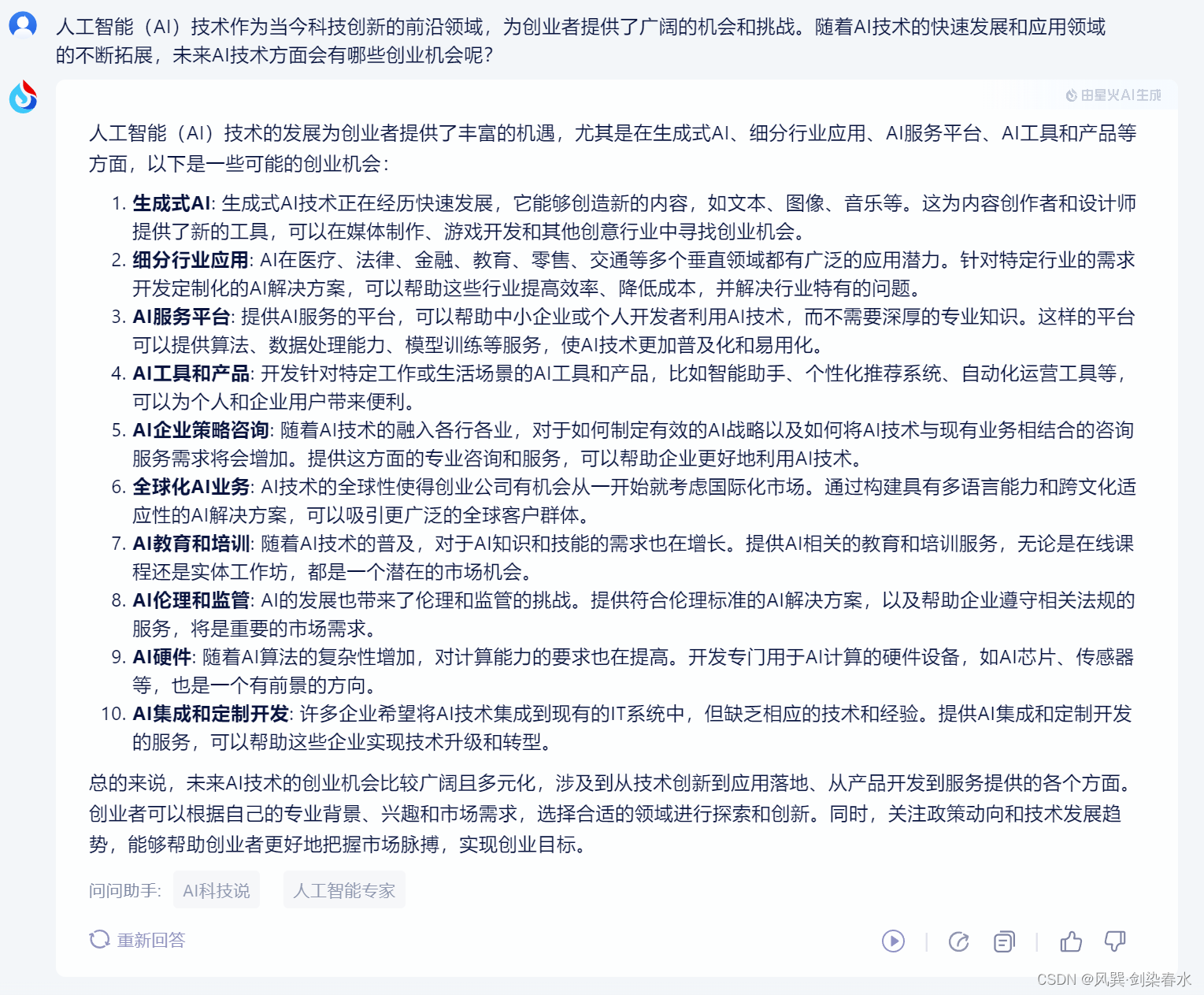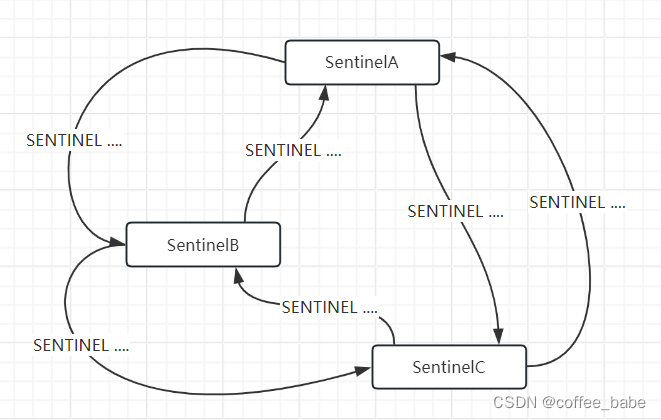以下内容仅为当前认识,可能有不足之处,欢迎讨论!
文章目录
- string容器
- 基本概念
- 构造函数
- 赋值操作
- 拼接操作
- 字符串查找和替换
- 字符串比较
- 字符串存取
- 字符串插入和删除
- 字符串子串
string容器
基本概念
本质👉string是C++风格的字符串,string本质上是一个类。
string VS char *
char *是一个指针。
string是类,里面封装char* , 类管理该字符串,是一个char*型的容器。
特点:
string类内部封装很多成员方法,例如查找find , 拷贝copy , 删除delete , 替换replace ,插入insert。
string管理char*分配内存,不用担心复制越界和取值越界等,由类内部负责。
构造函数
无参构造,字符串初始化,拷贝构造函数,以及n字符c初始化。
n字符c必须要是单引号。
以下是代码示例。
#include<iostream>
#include<string>
#include<algorithm>
using namespace std;void test0403() {//先定义一个常量字符串const char* str = "hello world";//无参构造函数string no_param_str;//有参构造函数string param_str(str);//拷贝构造函数string copy_str(param_str);//n字符c构造函数string nc_str( 10,'?');cout << "无参构造:" << no_param_str << endl;cout << "有参构造:" << param_str << endl;cout << "拷贝构造:" << copy_str << endl;cout << "n字符c构造:" << nc_str << endl;}int main() {test0403();system("pause");return 0;
}
运行截图:
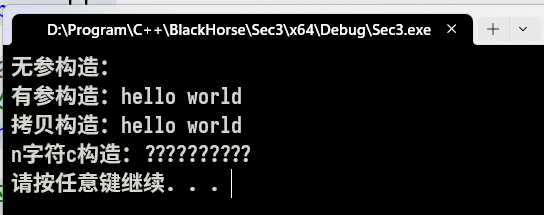
赋值操作
提供7种赋值操作。方法为自己写的myAssign。
const char *s 是双引号的字符出串,const string &s是单独的字符串变量名字。
- char * 类型字符串,赋值给当前的字符串
string & operator =(const char *s);- 把字符串s赋值给当前的字符串
string & operator=(const string &s);- 字符赋值给当前的字符串
string & operator=(char c);- 把字符串赋给当前的字符串
string & assign(const char *s);- 把字符串s的前n个字符赋值给当前的字符串
string & assign(const char *s,int n );- 把字符串赋值给当前字符串
string & assign(const string &s);- 用n个字符c赋值给当前字符串
string & assign(int n , char c);
void myAssign() {string str_a = "hello"; //1.string str_b = str_a; //2.//string& operator = (const string & str);string str_c;str_c = 'a';string str_d;str_d.assign(str_c);//char *b = 'abcdefg';string str_e;str_e.assign("hello,world", 11);string str_f;str_f.assign(str_e);string str_g;str_g.assign(str_e,0 ,5); //从0到4,5个字符string str_h;str_h.assign(5, 'w');cout << "str a = " << str_a <<" . " <<endl;cout << "str b = " << str_b <<" . " <<endl;cout << "str c = " << str_c <<" . " <<endl;cout << "str d = " << str_d <<" . " <<endl;cout << "str e = " << str_e <<" . " <<endl;cout << "str f = " << str_f <<" . " <<endl;cout << "str g = " << str_g <<" . " <<endl;cout << "str h = " << str_h << " . " << endl;}
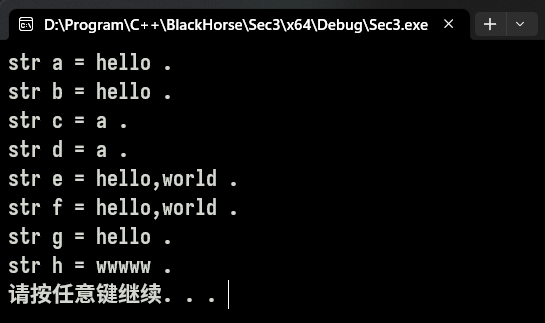
拼接操作
提供7种拼接操作。
-
直接拼接字符数组
-
string & operator+=(const char * str); -
拼接单个字符
-
string & operator+=(const char c); -
拼接字符串
-
string & operator +=(const string & str); -
追加至末尾单个字符
-
string & append(const char *s); -
追加字符串的前n个字符至当前字符末尾
-
string & append(const char *s , int n); -
追加字符串
-
string & append(const string &s); -
从pos位置开始,追加n个字符到当前字符串末尾
-
string & append(const string &s , int pos , int n);
void myAppend() {string str = "aaa";cout << "str = " << str << endl;str += 'b';cout << "str = " << str << endl;str += "c";cout << "str = " << str << endl;str.append("e"); //当我输入'e'时,说没有这个重载。cout << "str = " << str << endl;str.append("world,hello", 5);cout << "str = " << str << endl;str.append("hello");cout << "str = " << str << endl;str.append("microsoft visual", 0, 9);cout << "str = " << str << endl;
}
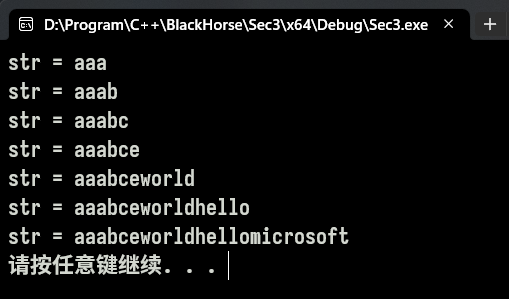
字符串查找和替换
查找:查找指定字符串是否存在
- 查找字符str第一次出现的位置,从pos的位置开始查找。
int find(const string & str , int pos = 0) const;- 查找字符串s第一次出现的位置,从pos位置开始找。
int find(const char* s ,int pos = 0) const;- 查找字符串s前n个字符中,从pos位置开始找。
int find(const char* s , int pos , int n) const;- 找字符c出现的位置,从pos位置开始找
int find(const char c ,int pos = 0) const;
rfind的索引仍然是从左往右来看的,但是查找时是从右往左。
- 倒着查找,找字符串第一次出现的位置
int rfind(const string & str , int pos = npos) const;- 倒着查找,找字符串中
int rfind(const char*s , int pos ,int n) const;- 倒着查找,从pos查找s的前n个字符最后一次出现位置
int rfind(const char c , int pos ,int n) const;- 查找字符c最后一次出现位置。
int rfind(const char c , int pos = 0) const;
代码示例
void myFind() {string str = "hello,world,olleh,dlrow";string test = "le";int a, b, c, d, e, f, g, h;a = str.find(test, 0);cout << a << endl;b = str.find("el", 0);cout << b << endl;c = str.find("e", 0,10);cout << c << endl;d = str.find('e', 0);cout << d << endl;e = str.rfind(test, -1);//从row那里开始从右往左找,应该是14,cout << e << endl;f = str.rfind("l", -1);//从row那里开始从右往左找,应该是19cout << f << endl;g = str.rfind("le", -1,2);//从row开始从右往左找,从右往左第3个位置开始找,应该是14cout << g << endl;h = str.rfind('l', -1);//从row那里开始从右往左找,应该是19cout << h << endl;}
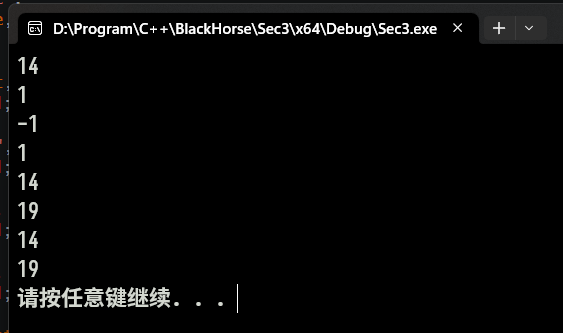
替换:在指定位置替换字符串
- pos位置起始的n个字符替换成str
string & replace (int pos , int n , const string& str);- pos位置起始的n个字符替换成s
string & replace(int pos , int n , const char* s);
void myReplace() {string str = "hello,world;";string test = "?????";str.replace(0, 3, test);cout << str << endl;str.replace(0, 5, "a");cout << str << endl;}

字符串比较
比较按照字符串的ASCII码比较
-
与字符串s比较
-
int compare(const string &s) const; -
int compare (const char *s) const;
void myCompare() {string str = "hello";string rts = "hello";int result = str.compare(rts);if (result==0) {cout << "两者一样" << endl;}else {cout << "两者不一样" << endl;}
}

字符串存取
两种方式
①char& operator[] (int n );
②char& at(int n);
void myInOut() {string str = "hello?world";cout << str[1] << endl;cout << str.at(2) << endl;
}

字符串插入和删除
四种方式
①string& insert(int pos , const char* s);插入字符串
②string& insert(int pos , const string& str);插入字符串
③string& insert(int pos , int n , char c);在指定位置插入n个字符c
④string& erase(int pos , int n =npos);删除从pos开始的n个字符
void myInsertDelete() {string str = "空空如也";str.insert(0, "?");cout << "str = " << str << endl;str.insert(3, "!!!") ;cout << "str = " << str << endl;str.insert(5, 5, '.');cout << "str = " <<str<< endl;str.erase(5, 2);cout << "str = " << str << endl;
}
这个位置说的是字符的具体位置,不是索引。
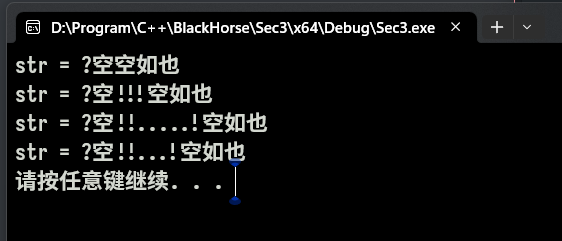
字符串子串
从字符串中获取想要的子串。
string substr(int pos = 0 , int n = npos) const;
void mySubString() {string str = "hello";string sub = str.substr(0, 4);cout << "sub = " << sub << endl;
}
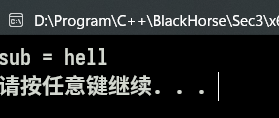
以上是我的学习笔记,希望对你有所帮助!
如有不当之处欢迎指出!谢谢!

